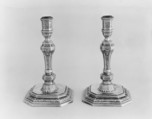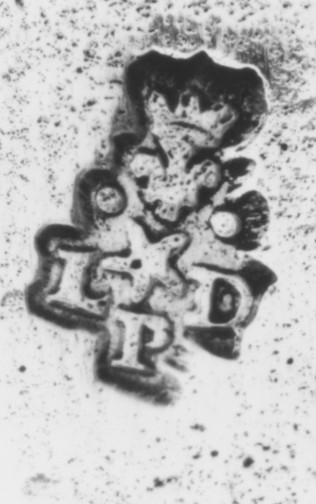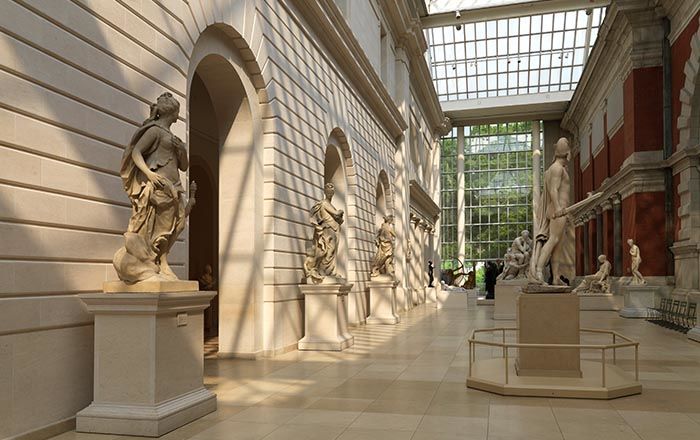Pair of candlesticks
Not on view
In the era before gas lighting and electricity, candles played a principal role in illuminating the domestic interior. The number of candles lit was an indication of the wealth and status of the owner: beeswax candles burned clean, had a pleasant smell, but were quite expensive compared to those made of tallow.
In late seventeenth-century France, a change in dining habits had a significant effect on the production of silver candlesticks. Entertainment was increasingly orientated towards the evening and as a result, elegant lighting became an important part of the interior decoration.
Candlesticks of this type were made in great numbers from the late 17th to the middle of the 18th centuries. Generally, provided with a square base canted at the corners and an angled baluster stem, the decoration, if any, often derived from the repertoire of Jean Bérain.
Daughter of one of the founders of the Weyerhaeuser Timber Company, Catherine D. Wentworth (1865–1948) was an art student and painter who lived in France for thirty years. She became one of the most important American collectors of eighteenth-century French silver and on her death in 1948 bequeathed part of her significant collection of silver, gold boxes, French furniture, and textiles to the Metropolitan Museum. The collection is particularly strong in domestic silver, including a fair number of candlesticks such as these Parisian examples made by Louis Dupérier in 1706-07.
This image cannot be enlarged, viewed at full screen, or downloaded.
This artwork is meant to be viewed from right to left. Scroll left to view more.





